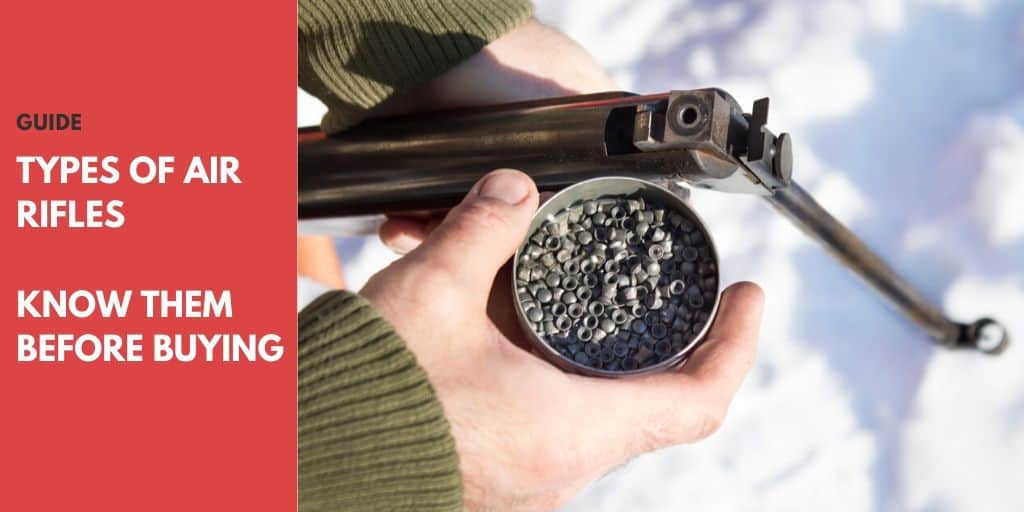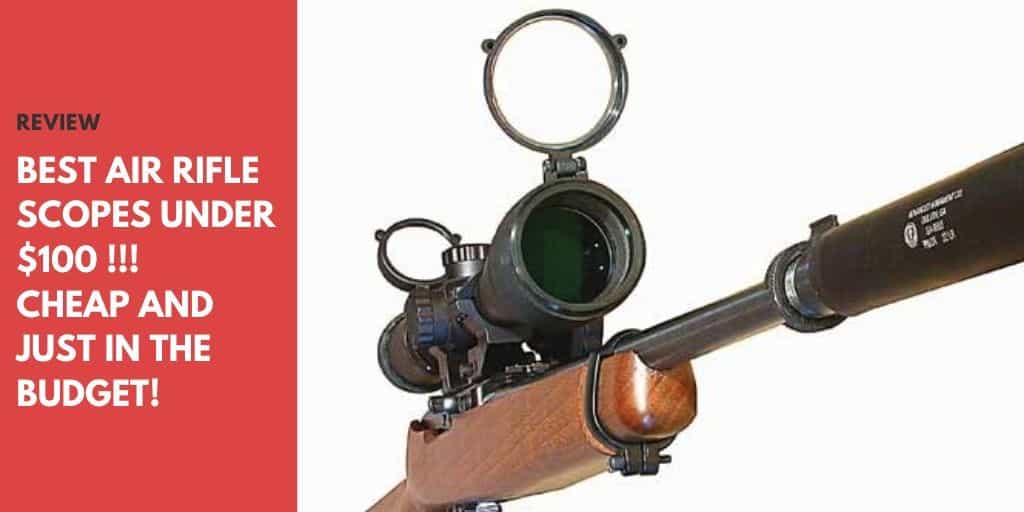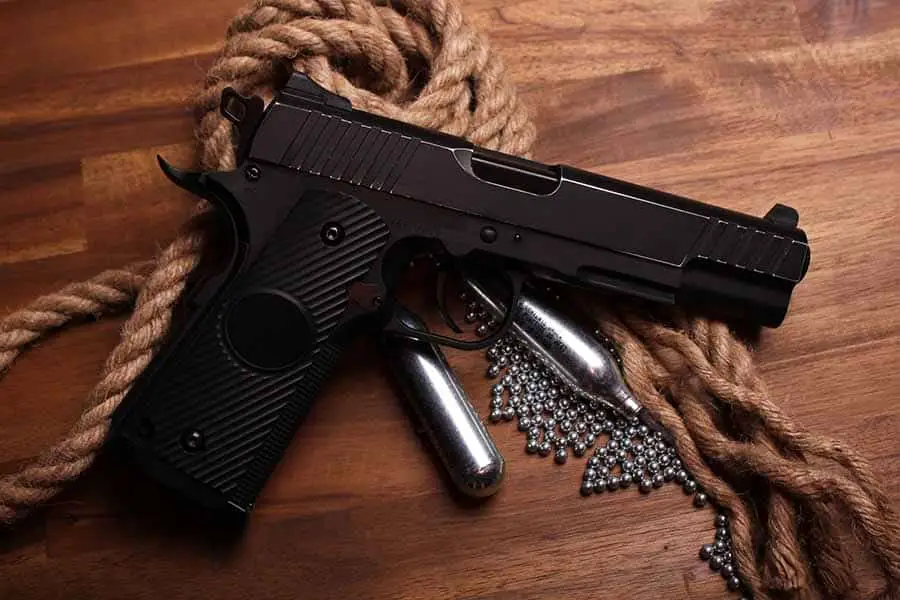Dry firing an airgun remains a hotly contested topic among shooting enthusiasts. People tend to fall into one of two categories. Some will say absolutely not, but others will decide that it’s okay but shouldn’t be done often. The truth, however, isn’t all that black and white.
The honest answer to “Can I dry fire my airgun?” depends on its type and the model. Before we consider all the angles, let’s define what dry firing is.
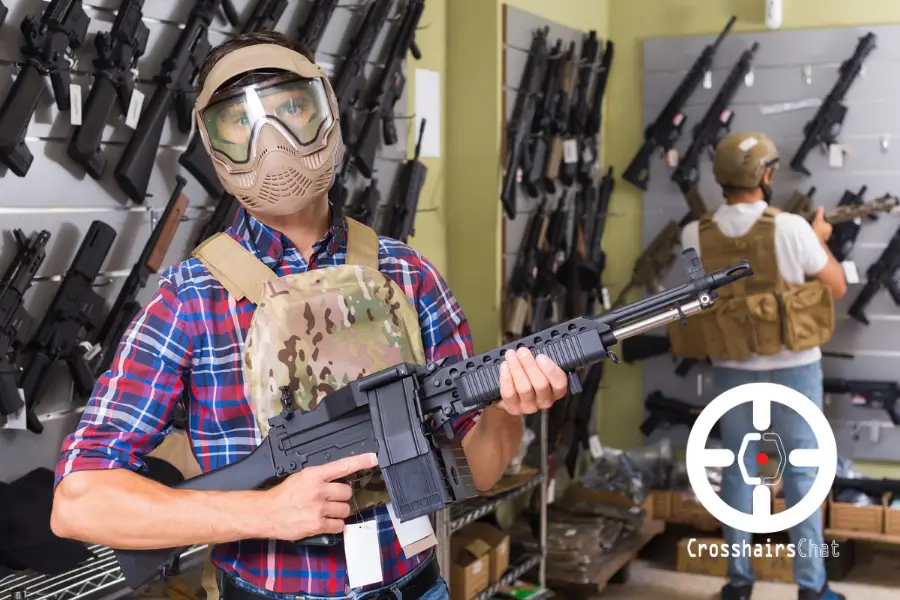
What is Dry Firing?
Simply put, dry firing is the act of cocking and pulling the trigger of your unloaded airgun. Accidentally dry firing does happen, and it can leave you concerned about the damage it may have done to your airgun.
How Can Dry Firing Damage the Gun?
You already know that air pressure drives the pellet out of the barrel of your air rifle or pistol, but have you ever stopped to consider how that works? We promise that the following scientific description will be significantly more dramatic and exciting.
The non-compressed air inside the chamber is made up of molecules that are just doing their thing, freely spinning, vibrating, orbiting, and bumping into each other. They don’t have enough momentum to push a pellet through the barrel.
However, compressing a large volume of air into a small volume gets those molecules buzzing and vibrating. And when the air is decompressed, with the trigger pull, it has enough momentum to push that pellet to impressive velocity.
In a normal situation, when you fire a loaded airgun, the pellet creates resistance against the forward-moving piston, preventing it from slamming into the end of the compression chamber. Without the pellet, that resistance is gone, and the piston gets damaged.
What Type of Airguns Should You Not Dry Fire?
There are several types of airguns that you, without a doubt, should not try to dry fire.
Springers and Gas-Rams
Dry firing a springer-piston or gas-ram airgun is almost always a bad idea. These are the ones that will most likely be damaged by a dry fire.
And there are certain airguns, like the handmade Whiscombe rifle, which can be ruined with just one shot. The reason is that the Whiscombe gets twice the power from two pistons. One shot is all it takes to destroy the seals.
If you have a vintage airgun (1960-1970), they will have poor synthetic seals that will be damaged with dry firing. These guns include:
- Walther spring-piston air rifles, particularly the LGV
- FWB 124
- Early versions of the Diana recoilless rifles and pistols
Forgiveness in Leather and Synthetic Seals
If your airgun has a leather seal, it’s less likely to be damaged by a dry fire because the leather can absorb the shock in a much better fashion. These guns also tend to have less power from the start.
Modern synthetic seals, like PTFE (Teflon) ones, have made airguns more tolerant to dry fires. The 1980-1990 vintage Webley guns are examples of air rifles with PTFE seals.
These seals are unique because they take on the shape of a compression chamber as they flow under pressure. At the factory, these airguns are dry-fired multiple times while fitting the seal to the compression chamber.
PCP or CO2 Airguns
PCPs or CO2 airguns are generally safe to dry fire because the mechanism of shooting relies on the release of a short burst of air or CO2 to propel the pellet up the barrel. There isn’t a spring to be concerned about damaging.
If the PCP or CO2 airgun is prone to damage during a dry fire, the manufacturer should be including the information in the user’s manual. This is why it’s important to undertake a bit of research before purchasing your gun.
Gamo
There is a bit of a myth surrounding Gamo air guns that sprang from its product testing. In the 1990s, they invested significant time and effort in redesigning their guns in a concerted effort to improve reliability. They dry-fired their airguns 10,000 times to study the effects on the parts.
Like a game of telephone, the truth that testing involved thousands of dry fires eventually got translated into it’s okay to dry fire a Gamo airgun. And that simply isn’t true. On its website, Gamo states that spring-piston air rifles should not be dry fired because it can damage the system.
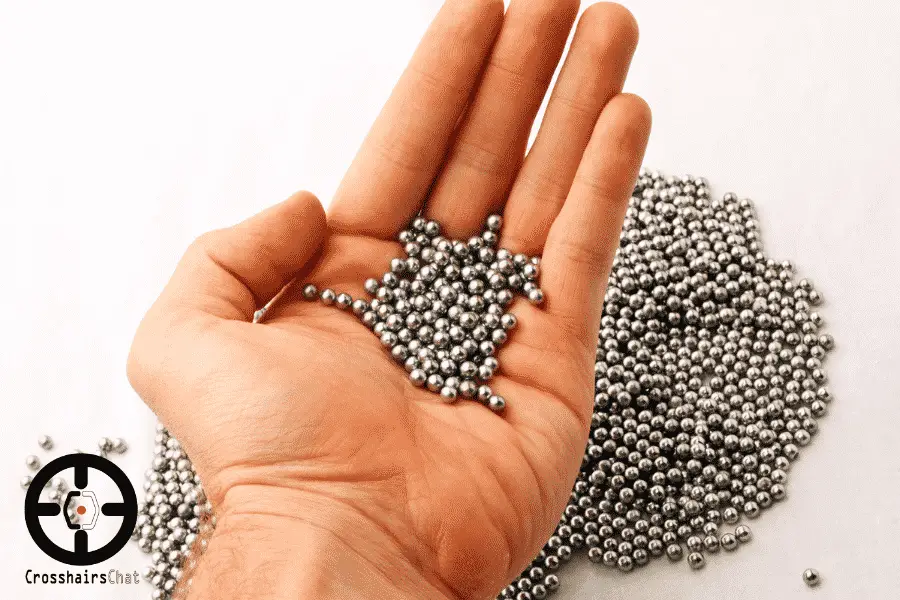
Can You Dry Fire a BB Gun?
Once again, the answer is maybe. Most Daisy BB guns can stand up to dry firing, but other models like the Markhams, can’t. It’s recommended that you go straight to the manufacturer’s website for information and guidance.
Why Might You Want to Dry Fire an Air Gun?
Target shooters use airguns manufactured for dry firing over and over again. Dry firing lets them get used to their gun and any quirks or idiosyncrasies it might have. Ten-meter shooters are particularly fond of being able to dry fire.
Shooting well involves a steady hand and controlled breathing. Target shooters spend countless hours in training to accurately perform repetitive actions.
Dry fire practice lets them zero in on the shooting without needing to be concerned about reloading or cleaning up.
What if You Run Out of Pellets, but the Gun is Cocked?
It’s a good practice, of course, to keep track of the number of pellets you have. But let’s face it, it’s easy to lose track because shooting an airgun is fun.
Some folks suggest running a cleaning pellet through the gun. But because the pellet is made of felt, it doesn’t offer much resistance to the piston.
If you’ve run out of pellets and you aren’t going to be shooting for some time, a dry fire may be your only option because a springer air gun can lose power if left cocked for too long.
Manufacturers know that there will be dry fires. It’s inevitable. It’s why airguns have evolved to withstand the occasional dry fire. But unless specifically indicated, avoid dry firing your rifle or pistol at all costs.



